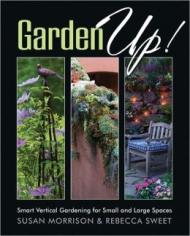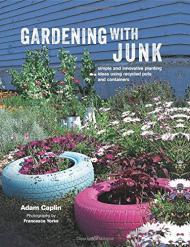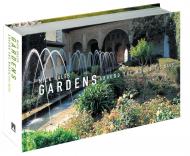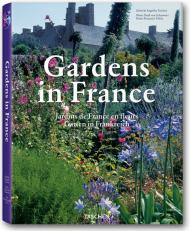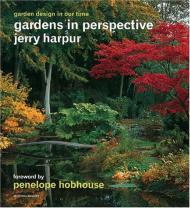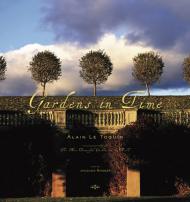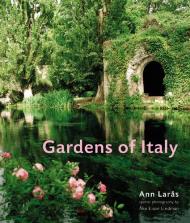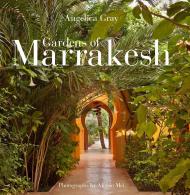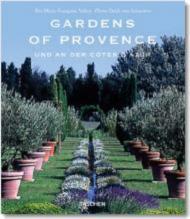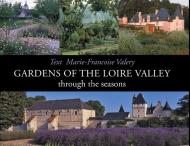A treasure trove of Bunny Mellon's garden design philosophy and advice from her personal archive.
Garden Secrets of Bunny Mellon is for anyone who has enjoyed time spent in a garden, from aspiring garden makers to those who manage large estates. This collection is comprised of extracts from Bunny's own writings and garden notes, as well as photographs and drawings from her archive.
Chapters are organized by Atmosphere (sky, horizon, shadows), Climate, Light, Space, Shape, Maintenance, and more--readers will feel as if Bunny Mellon has come alongside as a gardening guide and friend.
Bunny Mellon was of the affluent class and mingled along with her husband, Paul Mellon, in the circles of the East Coast gentry of the Kennedy and Reagan eras. But Mrs. Mellon, as she was respectfully called by those professional gardeners who worked with her most, wasn't snooty about social position or afraid to get her hands dirty in the rich soil of her family's Virginia farm. Beyond this, Bunny Mellon was known nationally and internationally as a style icon of her time, enjoying friendships with Givenchy, the Kennedys, and the like. Her personal passion was for design, and that was exhibited in her fashion and her garden.
A late acquaintance, Linda Holden learned that Bunny wanted to write a gardening book but never found the time. Searching the family's archive after Mrs. Mellon's death, the editors -- whom all shared personal relationships with Bunny -- discovered a trove of photographs, illustrations, and writings and have now turned it into the how-to gardening book Bunny had hoped to write.
About the Authors:
Linda Jane Holden is the author of The Gardens of Bunny Mellon, published October 2018.
Thomas Lloyd, grandson of Bunny Mellon, is president of the Gerard B. Lambert Foundation which was established by Bunny Mellon to honor her father.


